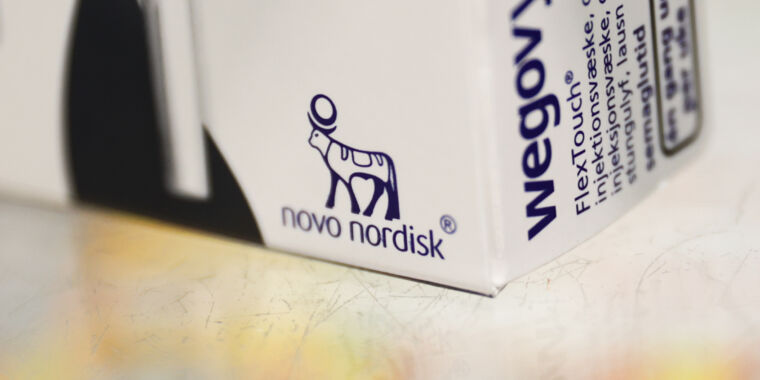The Intersection of High Costs and Weight-Loss Drugs in the US
Recently, the debut of potent weight-loss drugs is causing concern over the potential impact on America’s already high obesity rates and its exorbitantly priced prescription drugs. A new Senate report has depicted a troubling picture of a potentially “catastrophic collision course” that could jeopardize the entire health care system. The report outlined the economic repercussions of widespread adoption of these drugs based on various uptake scenarios.
Financial Implications of Widespread Usage
An analysis in the Senate report revealed that if just half of American adults struggling with obesity were to start taking advanced weight-loss drugs like Wegovy, the collective annual cost would soar to an astonishing $411 billion. To put this into perspective, it would exceed the total amount spent on all prescription drugs in the country in 2022, which stood at $406 billion.
The majority of this spending on weight-loss medications would occur in the commercial market, potentially leading to spikes in health insurance premiums. Additionally, federally funded programs such as Medicare and Medicaid would bear a significant financial burden. The report estimated that in a scenario where half of obese adults utilize the drug, the annual cost to these programs would reach $166 billion, akin to their combined drug costs in 2022.
By 2031, the US is projected to spend over $1 trillion annually on prescription drugs primarily due to weight-loss medications. This figure starkly contrasts with the anticipated baseline spending on all prescription drugs, which would be around $600 billion by 2031.
Policy Recommendations and Market Comparisons
Amidst the concerns raised by the report, the Senate HELP committee chaired by Bernie Sanders pointed towards the disproportionately high prices of these groundbreaking weight-loss drugs. While these medications offer significant long-term health benefits such as improved diabetes control and cardiovascular health, the current pricing structure undermines potential cost savings in overall healthcare needs.
The committee referenced a Congressional Budget Office (CBO) report stating that at their current prices, the federal government stands to incur more expenditure from anti-obesity medicines than it would save in reducing other health care expenses. To counter this, the HELP committee proposed aligning US drug prices with those established in other countries where prices significantly lower. This approach was specifically assessed using Wegovy, one of the leading GLP-1 drugs in the weight-loss category.
Comparing the prices of Wegovy in the US and Denmark, the report highlighted a striking contrast. While the estimated net price after rebates in the US is $809 per month, the same drug costs a mere $186 per month in Denmark. Researchers at Yale estimated that production costs for drugs like Wegovy can be under $5 per month, further underscoring the pricing disparity.
Without a substantial price reduction, Americans could face a challenging prospect of losing access to these crucial drugs or bearing higher overall healthcare costs. The report shared a notable instance from North Carolina where the state employee health plan decided to discontinue coverage of Wegovy and similar drugs due to their costs. The financial analysis suggested that continuing coverage would necessitate nearly doubling health insurance premiums to counterbalance the expenses.
Image/Photo credit: source url





